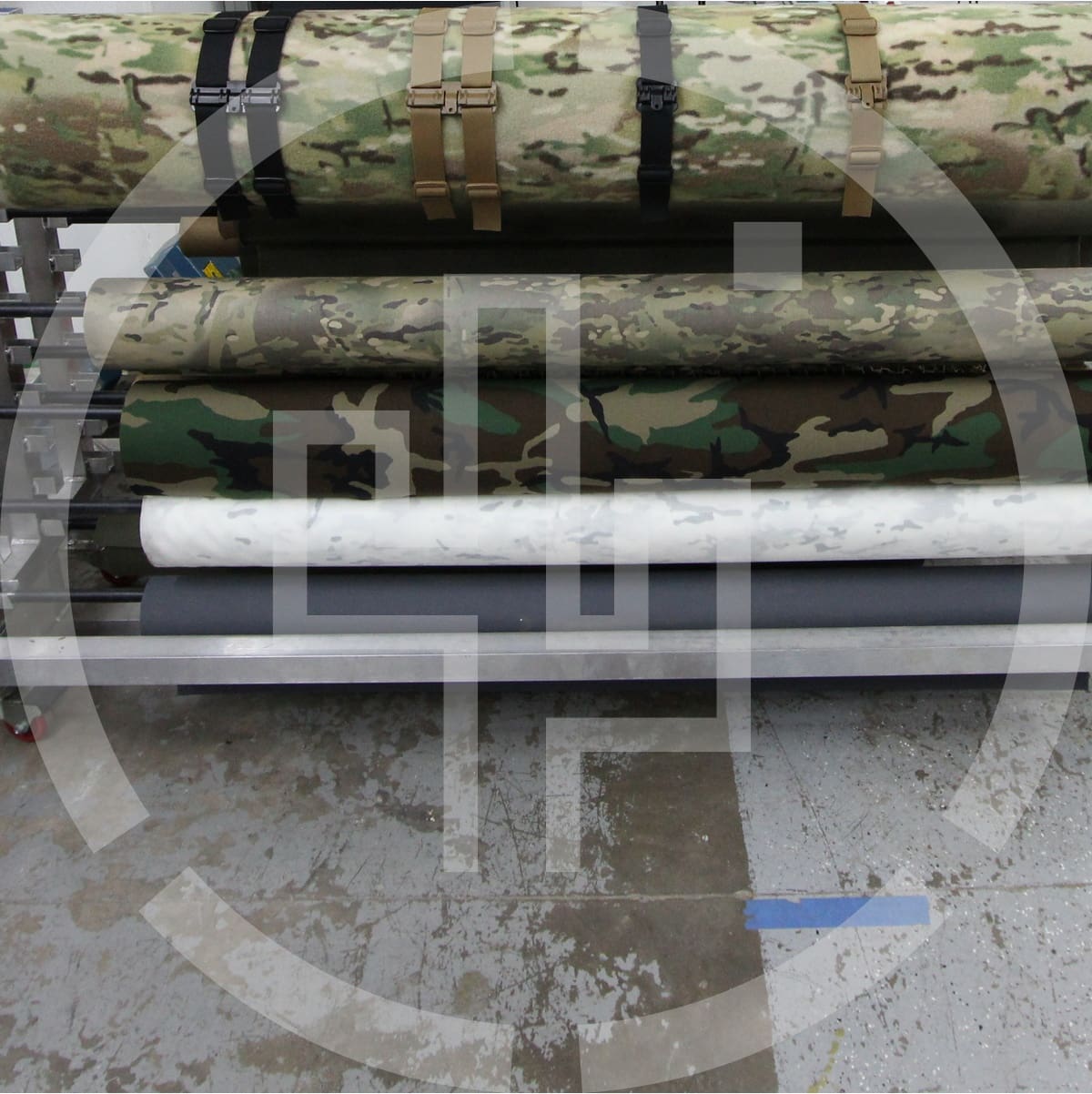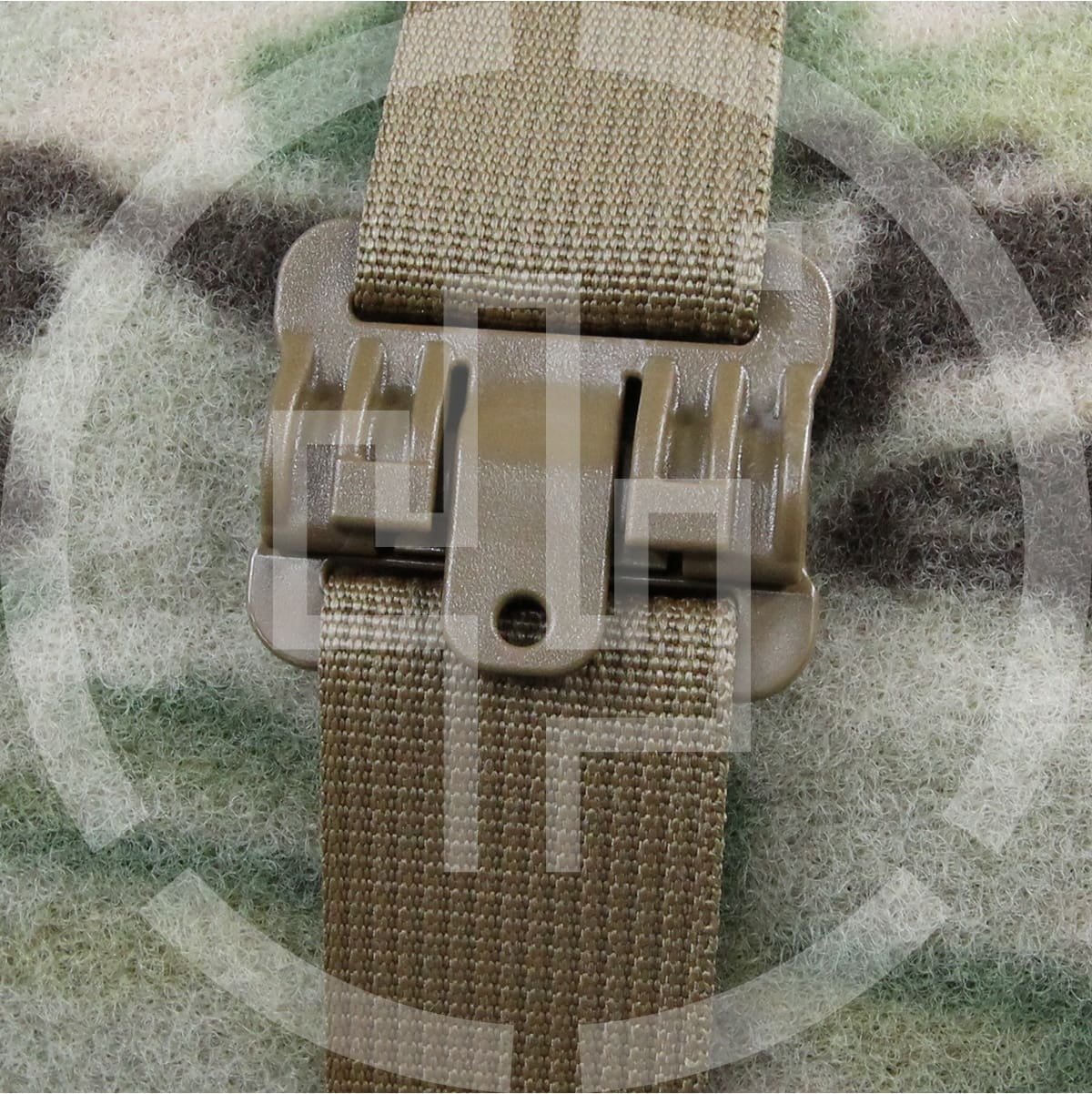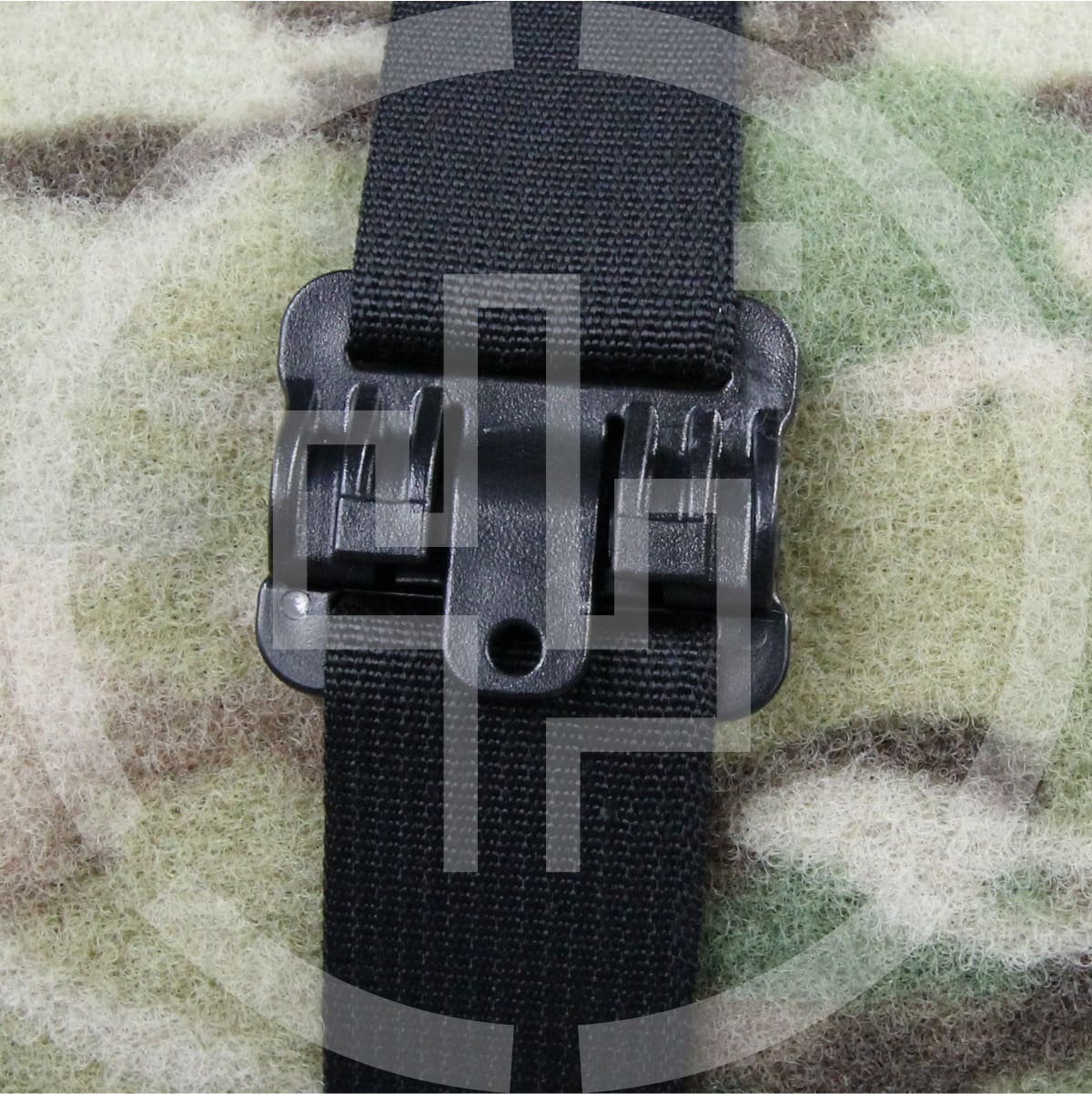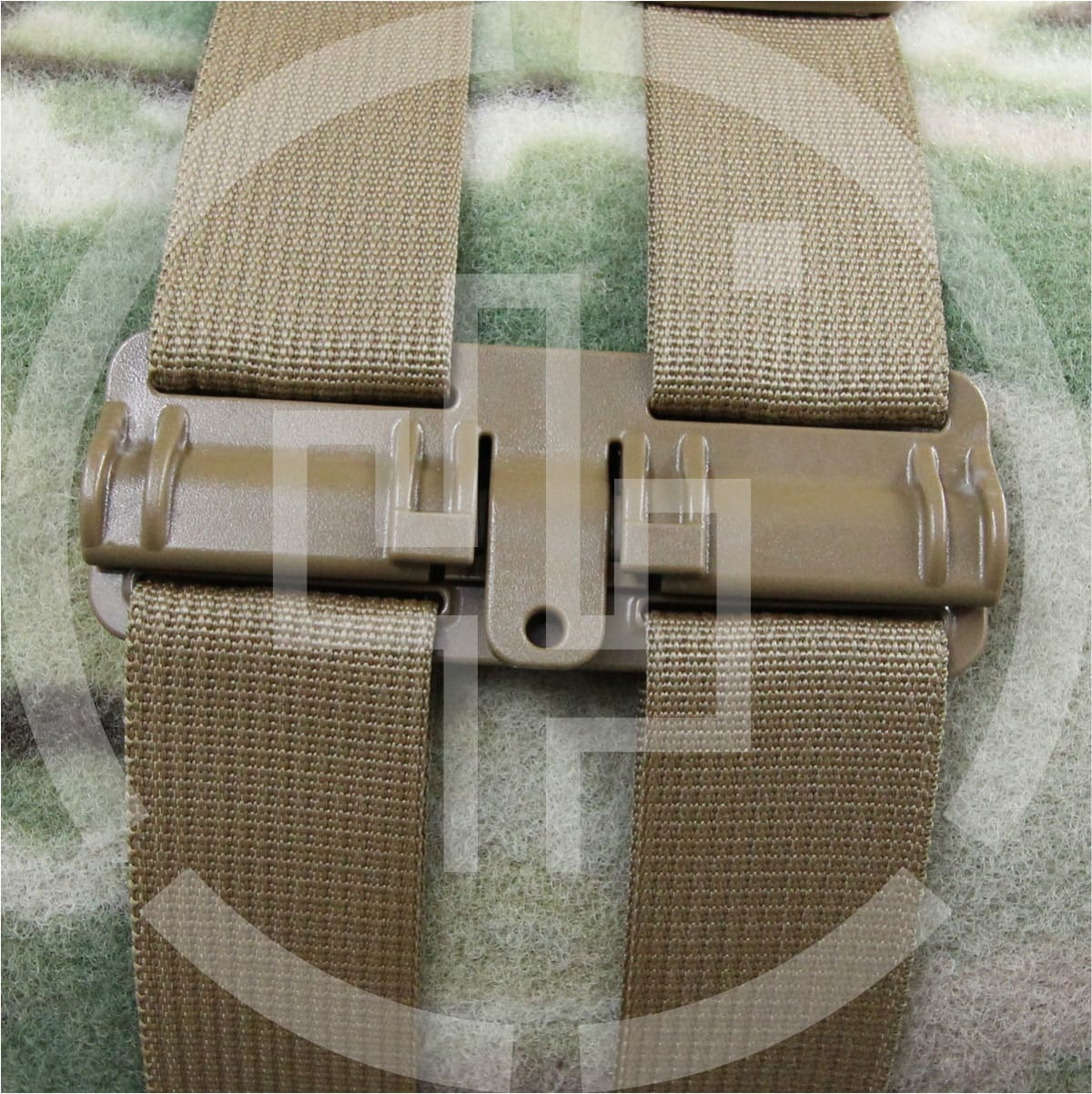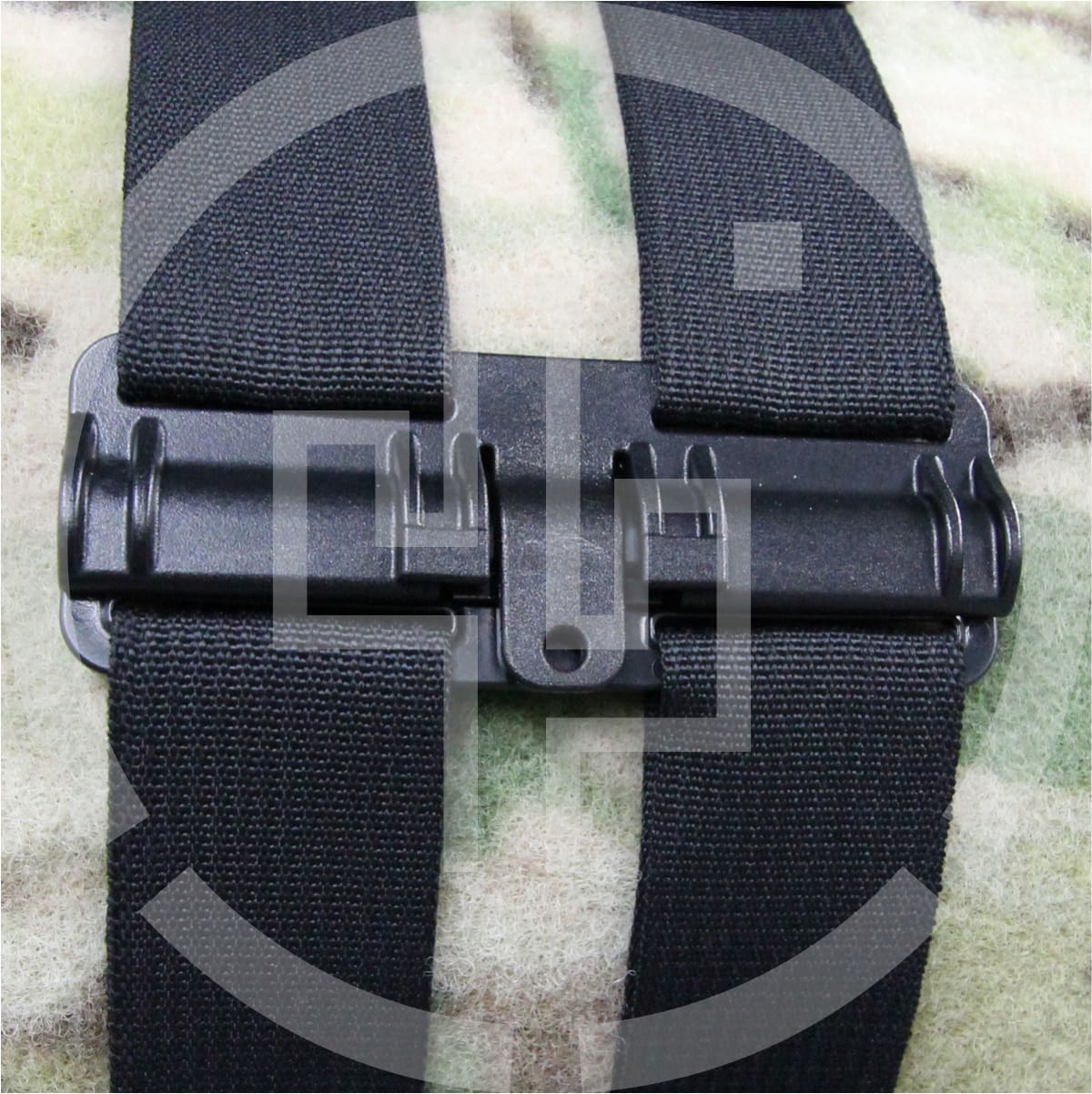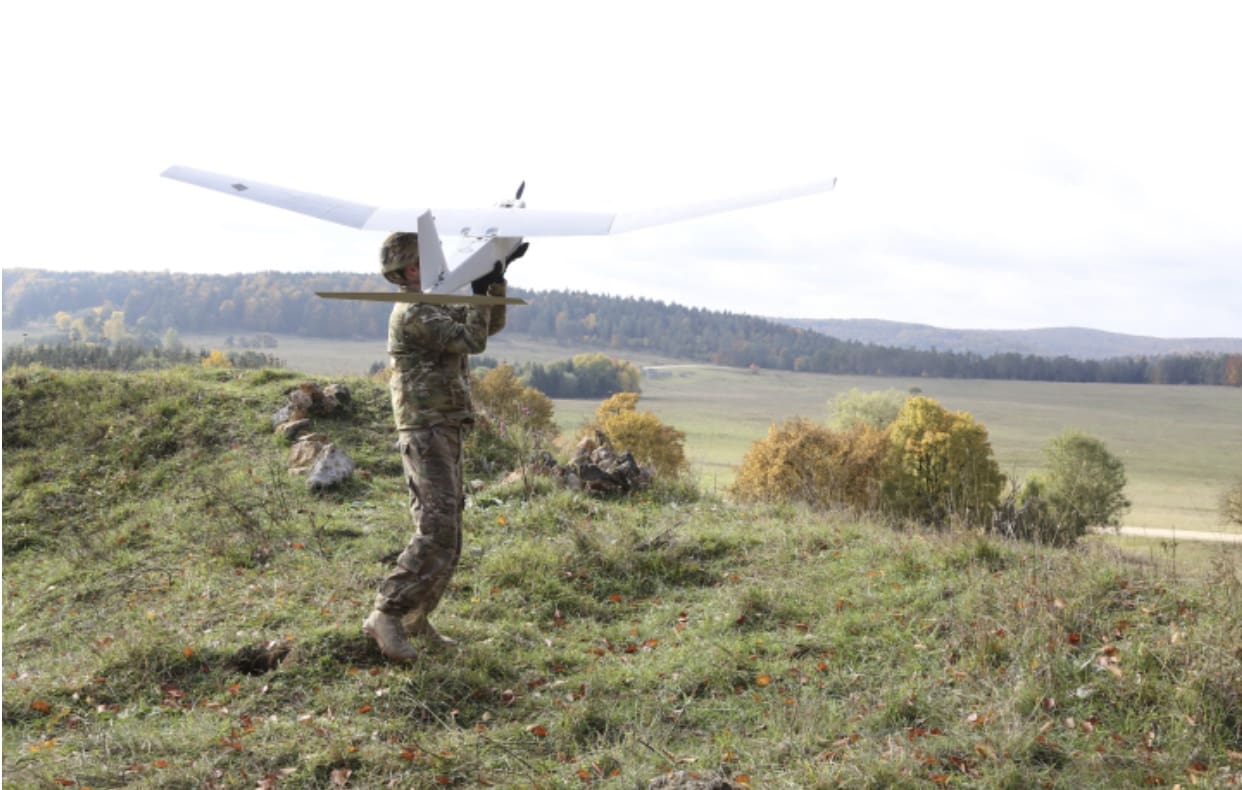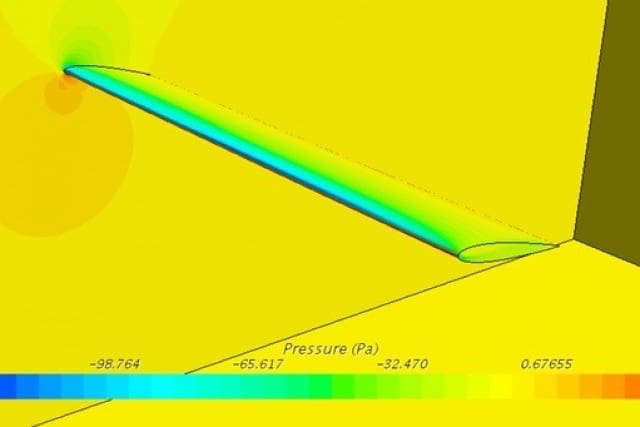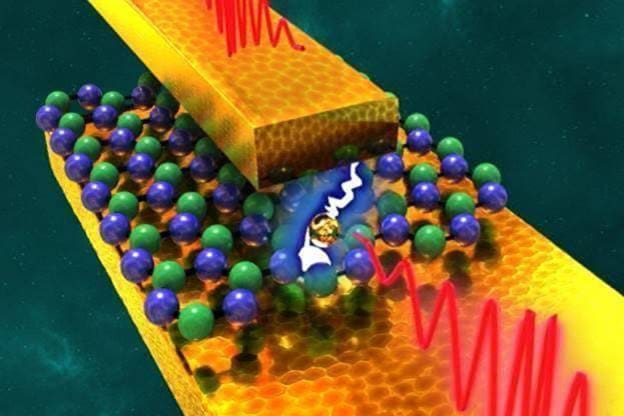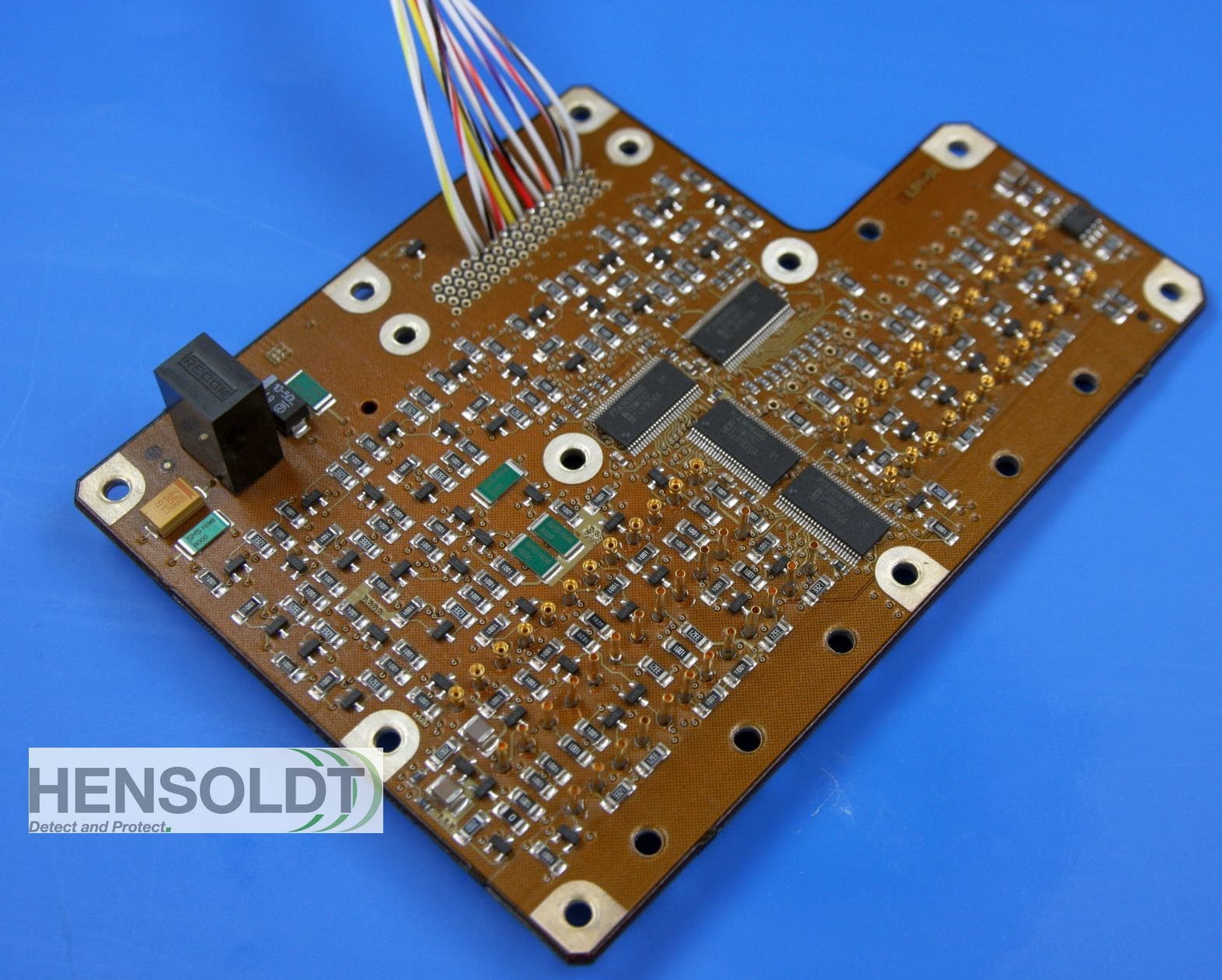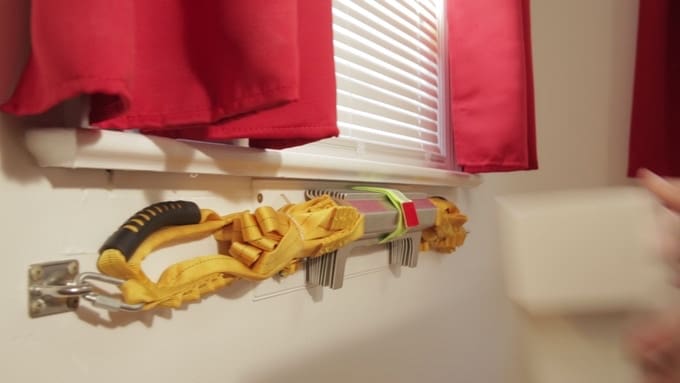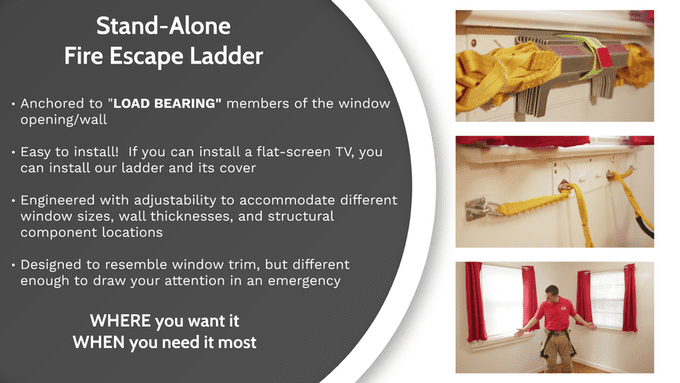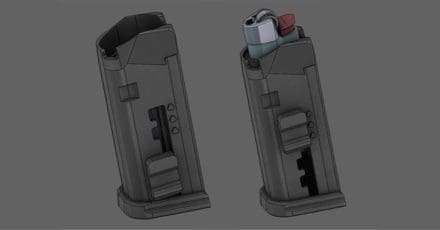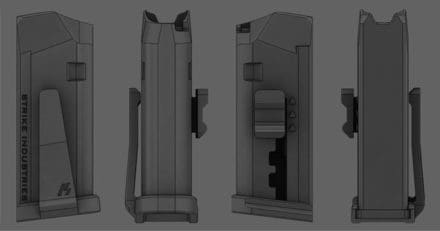Engineers at the U.S. Army’s CCDC Armaments Center have designed a firearm sound suppressor that incorporates the features of a high-performance muzzle brake.
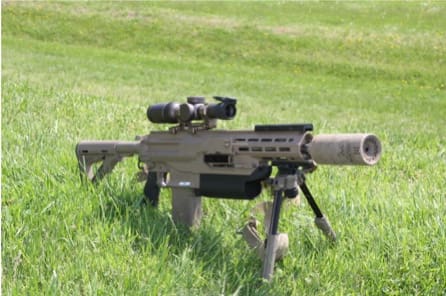
Known as the smuzzle, this hybrid device limits the muzzle climb of automatic and semi-automatic weapons while simultaneously providing significant sound suppression.
The Smuzzle’s flow-through design features asymmetric venting through tiny holes which researchers claim results in a 50% drop in volume at the shooter and a 25% reduction in the flash signature downrange with a minimal weight increase. They also incorporated a feature they refer to as a “bottom blocker” which reduces how much dust is kicked up.
The initial design work comes from a muzzle device for a 155mm Howitzer, but they say it is scalable you any caliber. The team has manufactured multiple devices based on this technology; they’ve made short and light cans (.8 pounds) with the design, and longer three-pound versions.

In these two photos, you can see the Smuzzle mounted to a 6.8mm Next-Gen Squad Weapon Technology Demonstrator. The Smuzzle is 3D printed Titanium and incorporates a bore evacuator.
This weapon was used by Army researchers to establish a baseline during the early stages of the NGSW program. It’s important to note that this demonstrator was manufactured by Textron and based on years of development under the Lightweight Small Arms Technology project of the Joint Service Small Arms Program. It fires Case Telescope ammunition.
Its refinement has included the use of sophisticated engineering techniques including computational fluid dynamics modeling and the center’s state-of-the-art testing equipment.
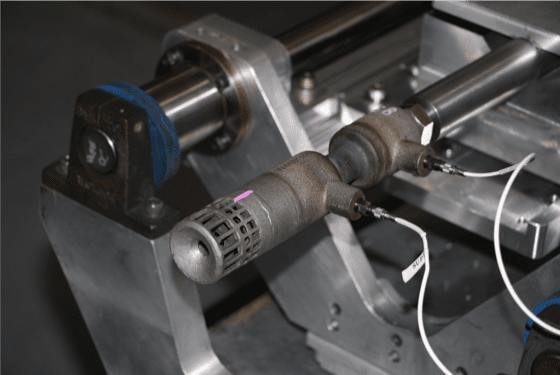
The size, weight, and durability of the device are tailorable, ie., its manufacture is adaptable.
Prototypes for the NATO 7.62mm and 6.8mm cartridges have been constructed using titanium and/or Inconel 718 steel. 3D printing techniques have also been successfully used.
Based on this research, they have two patents:
U.S. Patent 10,598,458 (33)
U.S. Patent 9,347,727
Below, you can see the Smuzzle attached to an M240B machine gun mounted in a test cradle in a full auto failure test.
Those interested in licensing this technology should visit techlinkcenter.org.


